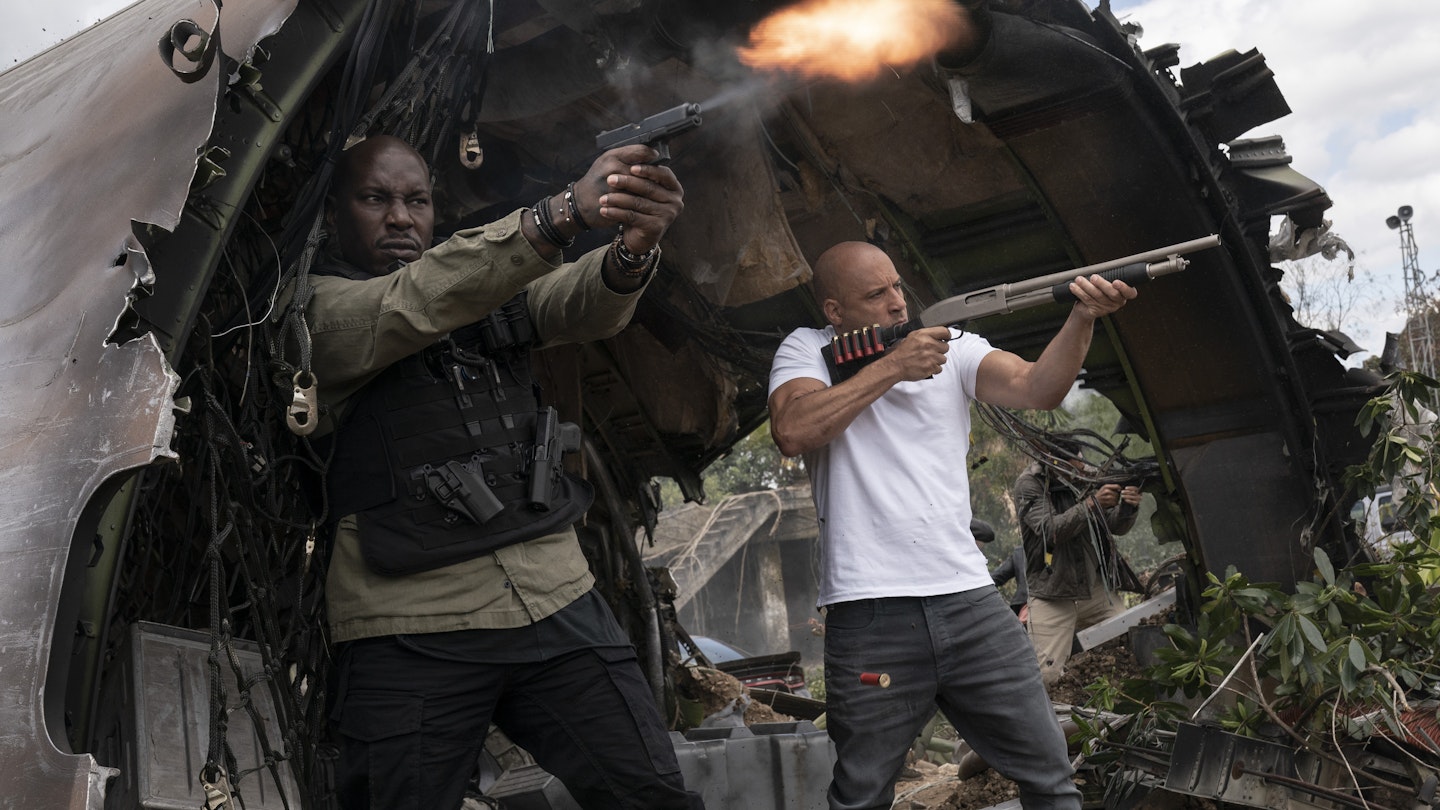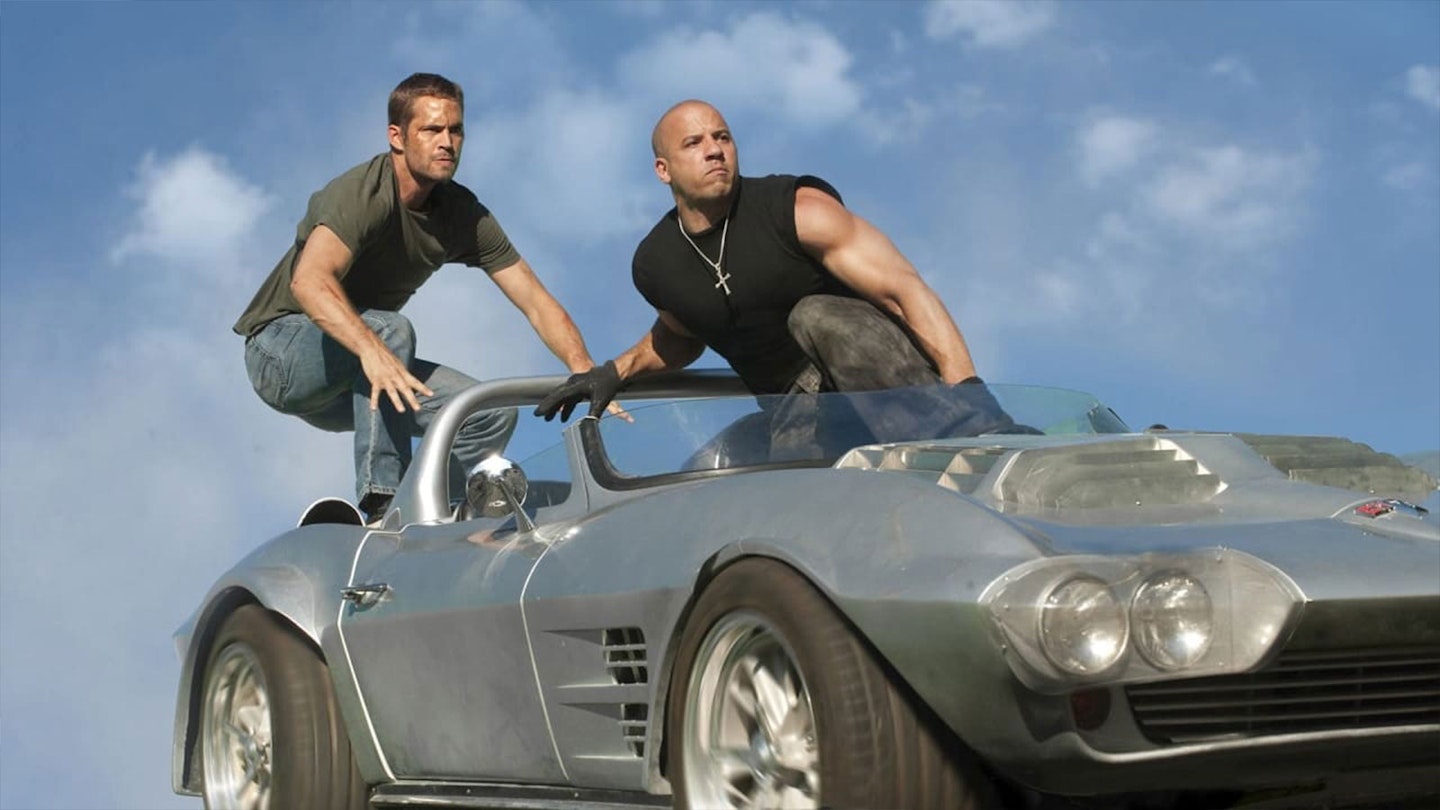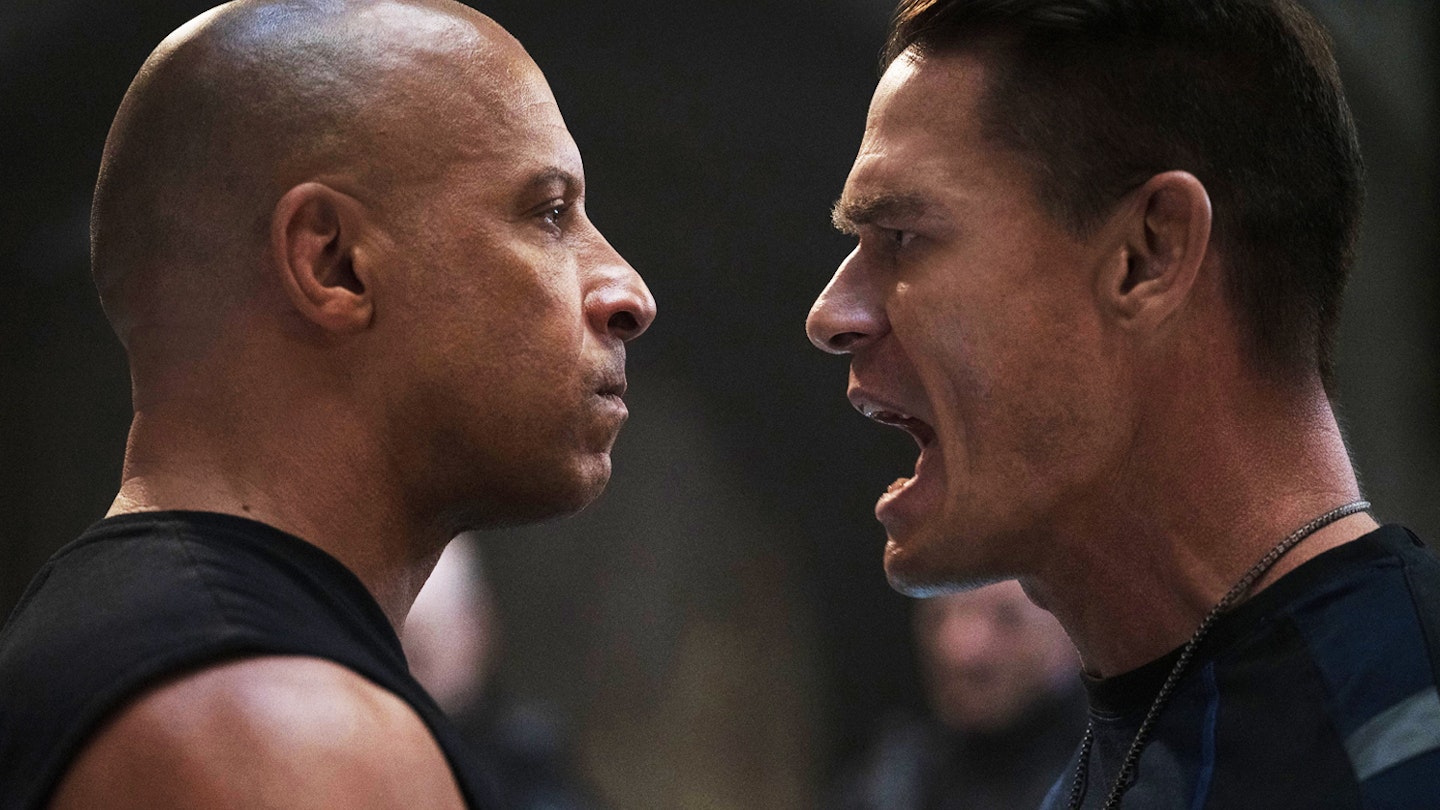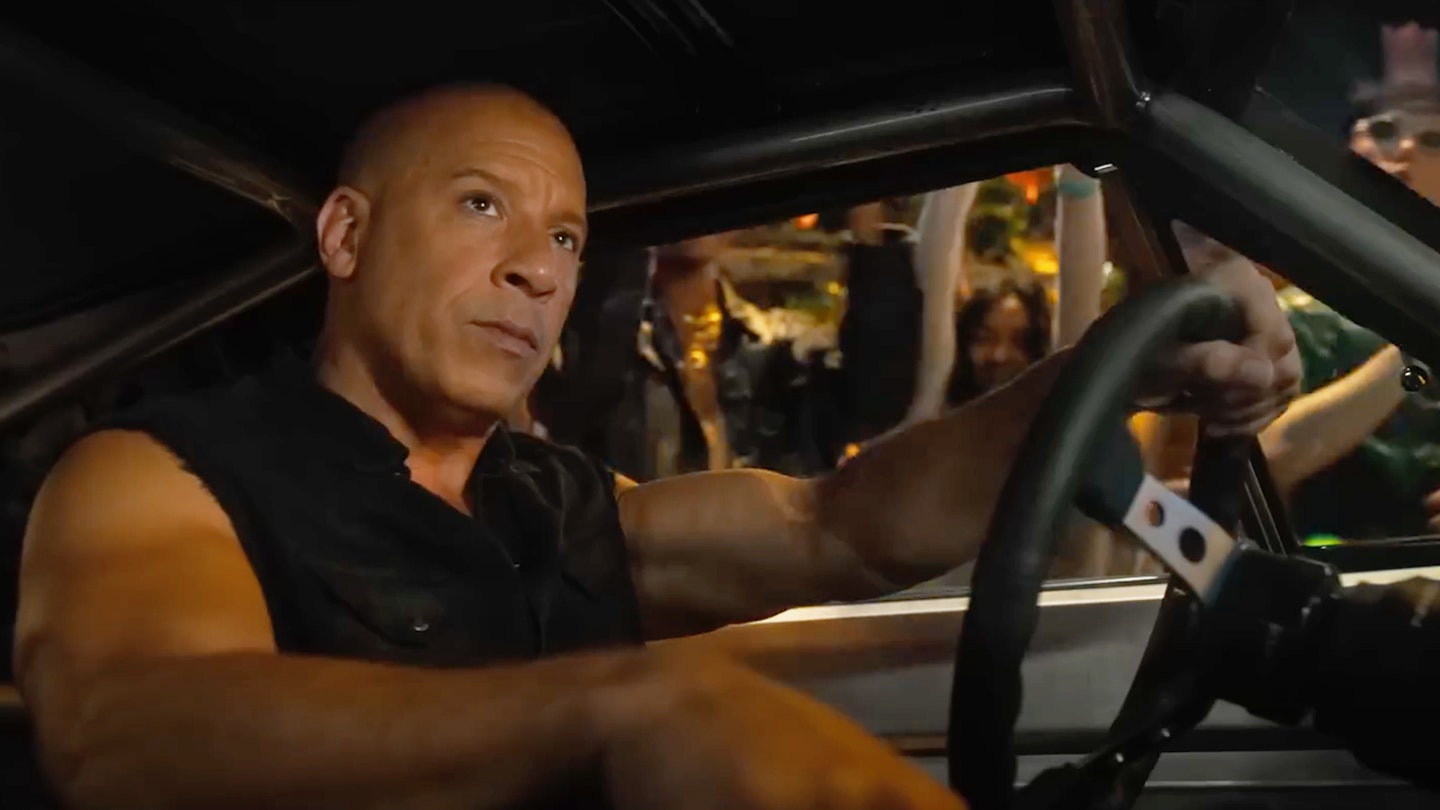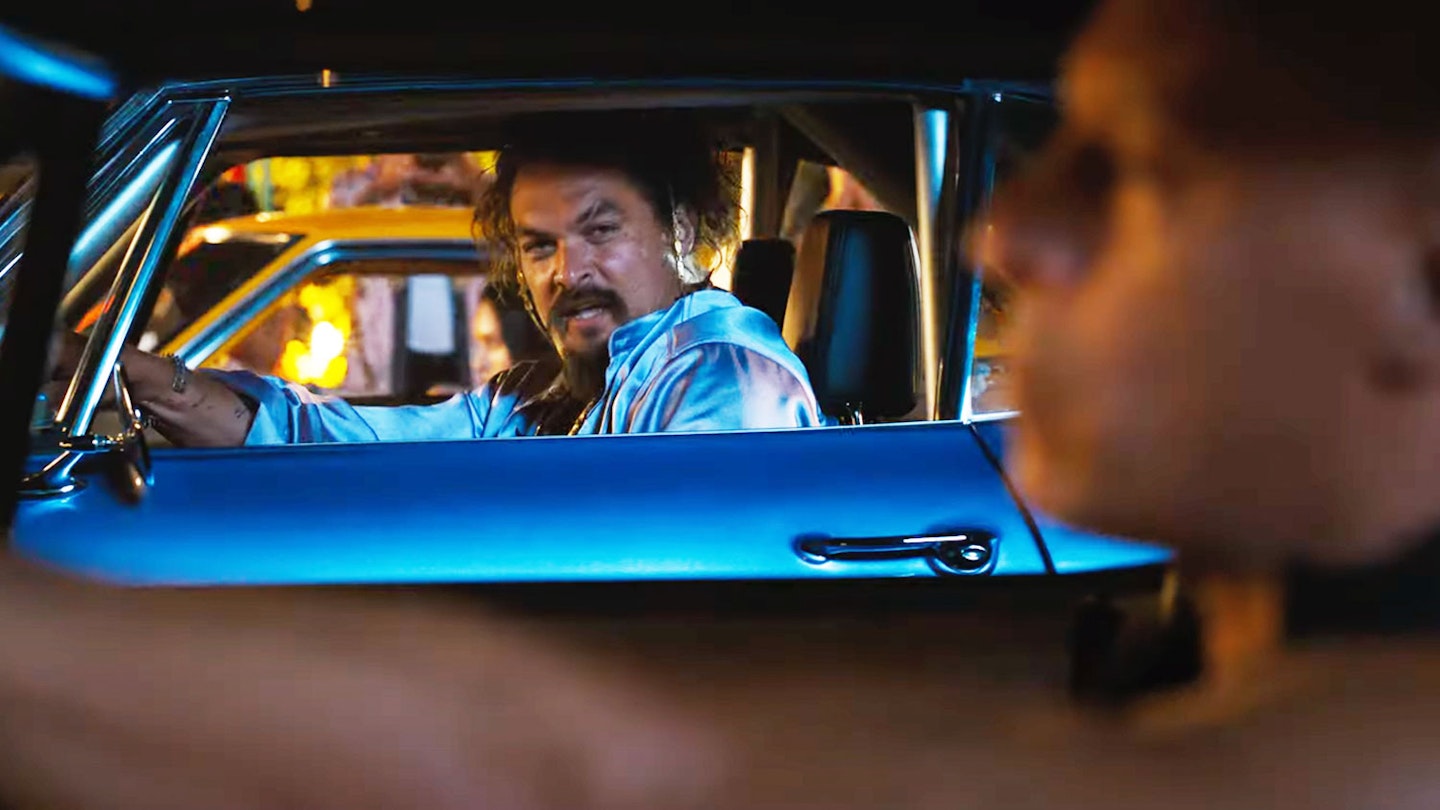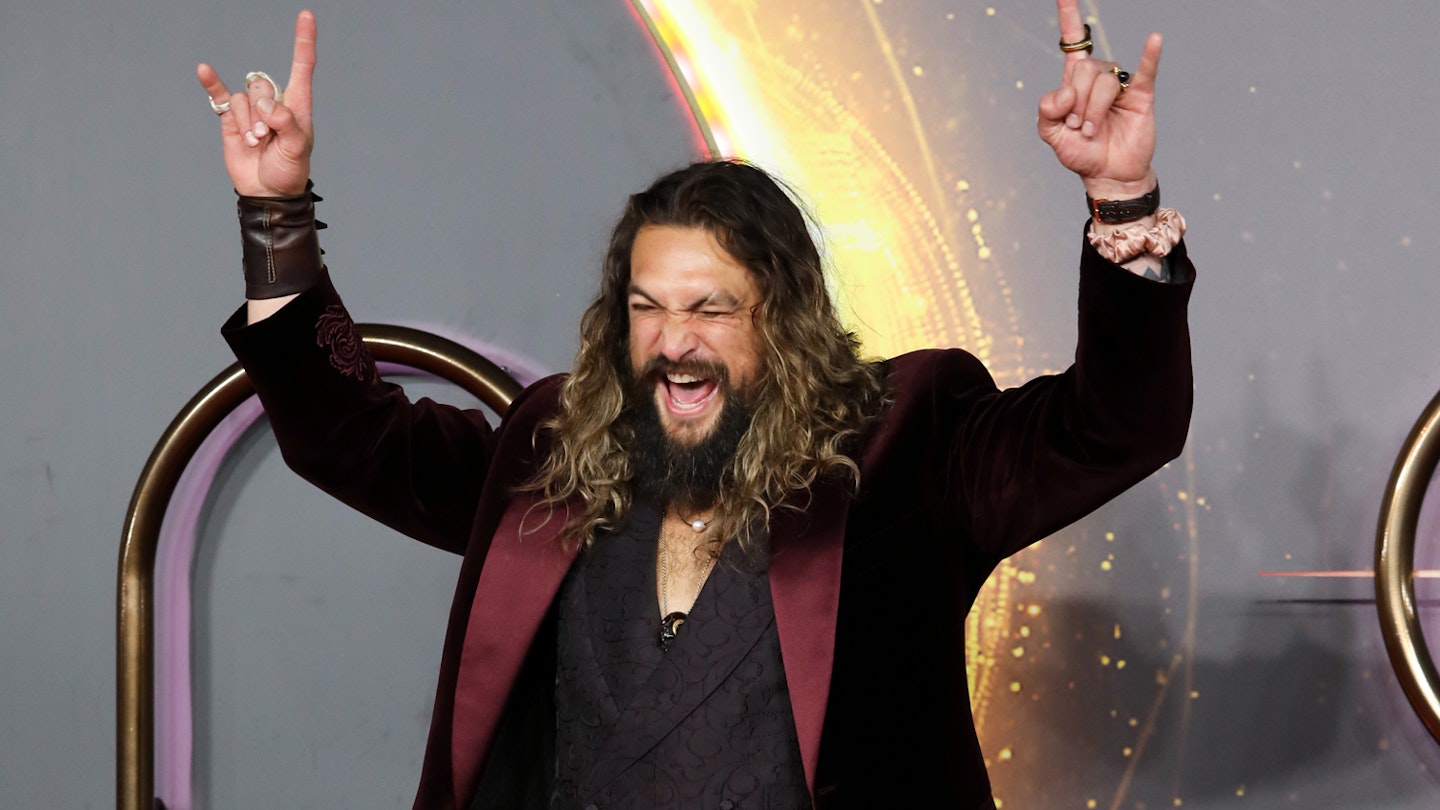For a series that, at least for a while, used to be about nitro-injected street cred and grease-monkey car culture, the Fast & Furious movies really only have two gears. You’ve got fast and you’ve got furious. Stunts have gotten bigger, glossier and faker, but even at their worst, they’ve always been speedy, dangerously so. And just as crucially, every utterance about family out of Vin Diesel’s mouth has a ponderous solemnity to it. That’s the furious part. Over 20 years, the plots have detoured into globe-hopping spy nonsense — and these muscle cars have definitely hopped, sometimes with their own parachutes — yet the white-hot melodrama has skyrocketed in tandem.
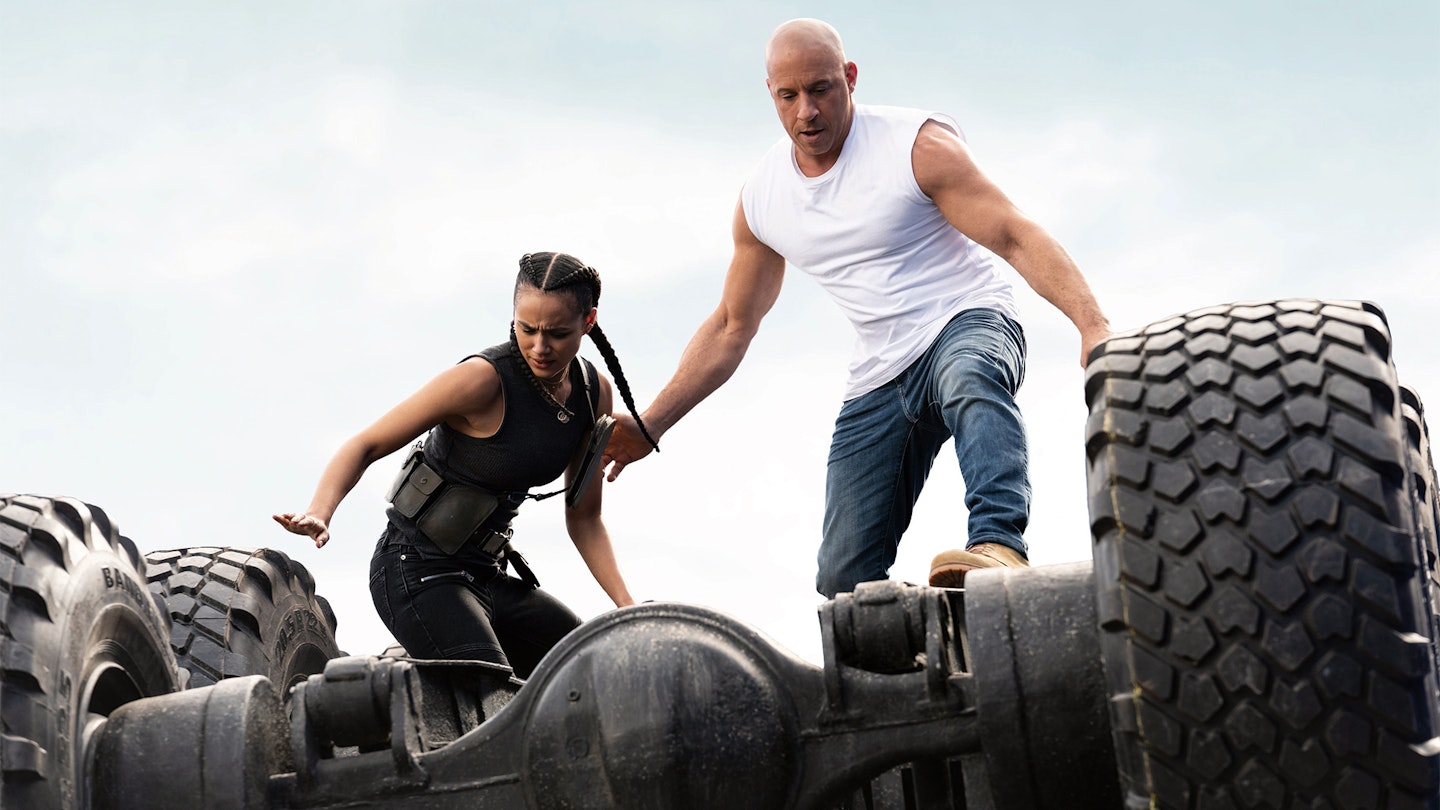
Director Justin Lin, who perfected the formula with 2011’s deliriously dumb Fast Five, is back in charge after sitting out two laps, during which the production grappled with the untimely death of co-star Paul Walker and some intra-actor bitchiness. Lin’s Fast & Furious 9 feels like a rejuvenation. That’s not just the fumes talking. (It’s a thrill to be back in front of something big and loud.) The film is a return to principles, and if it goes off the rails into pure silliness — almost irredeemably at one point — there’s at least an ethos to it.
We begin in flashback: It’s 1989, and a horrifying raceway crash is about to take the life of a stock car driver. His two teenage sons watch from the pit. One is the young man who, thousands of pull-ups later, will become Diesel’s growly Dominic Toretto. But there’s also a younger brother, Jakob, who may have caused the accident. It’s exactly the kind of suspicion that produces decades-long estrangement and, hopefully, a decent villain for a sequel. Unfortunately, the adult Jakob is played by an extra-smarmyJohn Cena, effective in comedies like Trainwreck, but hardly intimidating enough to pull off a proper antagonist to granite-faced Mount Vin.
Lin’s Fast & Furious 9 feels like a rejuvenation.
Still, a molten core of domestic tension is established (family!) and you can semi-forgive the awkward story mechanics that reintroduce Jakob as some kind of bad guy funded by an obnoxious billionaire millennial, Otto (Thue Ersted Rasmussen), who wants both halves of a black, orb-like MacGuffin so he can commandeer the defence systems of the world. Already Lin and co-screenwriter Daniel Casey are bored with it themselves. Less than half an hour in and we’re racing through a Central American jungle over exploding landmines, driving over precarious rope bridges, and sling-shotting cars around mountain passes on wires, like a ridiculous version of Raiders Of The Lost Ark’s opening sequence cast with vehicles instead of people.
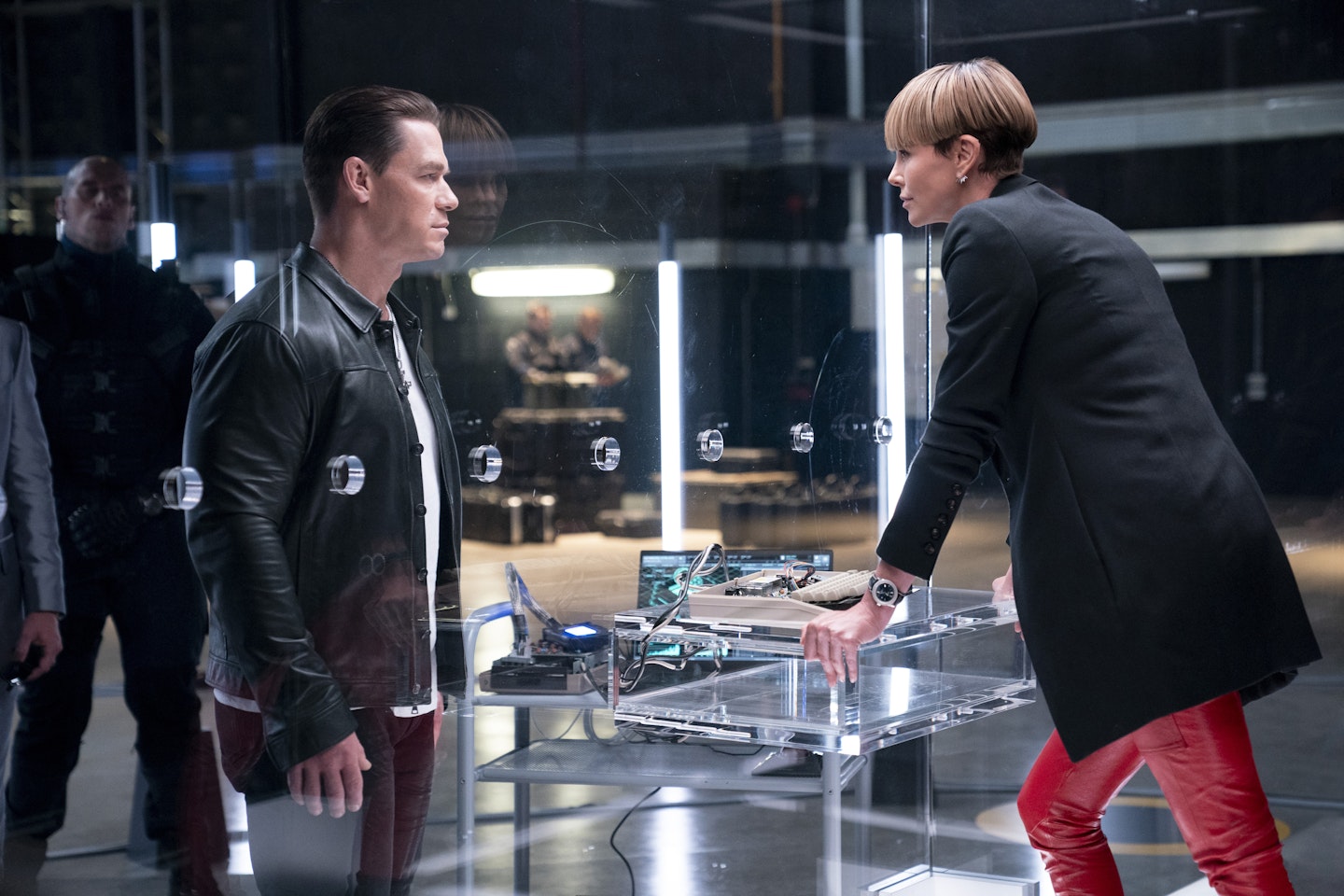
These movies can be hard on the actors, at least the ones intent on acting. For most of F9, Charlize Theron — whose mystifyingly dull terrorist Cipher returns from the last one — sits in a glass box with air holes in it, like she’s Hannibal Lecter. The film doesn’t know what to do with her. But Michelle Rodriguez, as Dom’s longtime squeeze, Letty, still seems on a post-Widows roll, fleshing out her motorbiker with flashes of emotional depth, even when she lands on the hot hood of her man’s speeding car. Helen Mirren, meanwhile, knows exactly how to fit the shape that’s required: her jewel thief’s sole scene is a chase through glitzy nighttime London, swapping banter with Dom, her “favourite American”. Of course, she’s behind the wheel.
Superfans will cheer the return of another character from beyond the grave. But when the VFX are this brazenly weightless, your eyes may already be wandering to the corner of the screen to see how many lives are left. There’s a mysterious physics to these F&F films: not the laws of gravity or real-world kineticism, but that of catastrophic urban damage with zero casualties. A high-powered magnet smashing cars through buildings is at the core of F9’s strongest action sequence. Elsewhere, two of Dom’s most bickersome associates are launched into outer space in a cherry-red Pontiac for no rational reason whatsoever. You might smile at the lunkheadedness of the whole enterprise —that is, if you’re feeling generous.
Two decades on, the franchise has a touch of self-deprecation to it, as well as an intimation of its own “invincibility”, both earned. There’s even dialogue to that effect, threatening to break the fourth wall. In actuality, we’ve all seen how precarious blockbusters can be without a season of moviegoers to welcome them. F9 isn’t the perfect summer movie, but it’s close enough: a reminder of the highs, lows and longueurs that mark the escapism we need.
